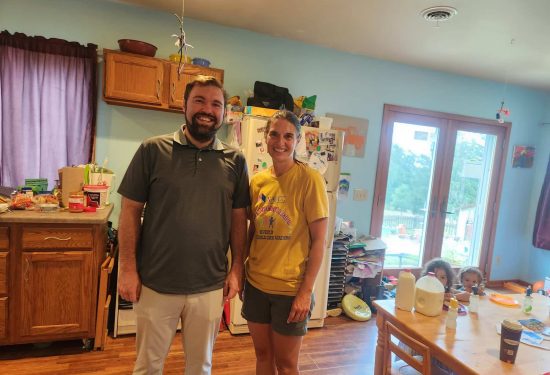Home Grown launched with the goal of improving the quality of and access to home-based child care. In three years, Home Grown has grown into an innovation lab that prioritizes provider collaboration and leadership, while working to remove policy barriers, strengthen home-based child care practices and business models, and support the growth and recognition of the sector. We invite you to view a snapshot of the impact of our work over the past three years.
Home Grown: A Look At Three Years

Home-based child care providers share feedback and insight on their experiences with legislative visits during the 2025 August recess.
Families and child care providers are being squeezed as pandemic-era supports expire and federal funding stalls. Across the country, home-based providers are struggling to stay open amid lower reimbursements and rising costs. Without stronger federal investment in the Child Care and Development Block Grant (CCDBG), tens of thousands of children could lose access to care.


